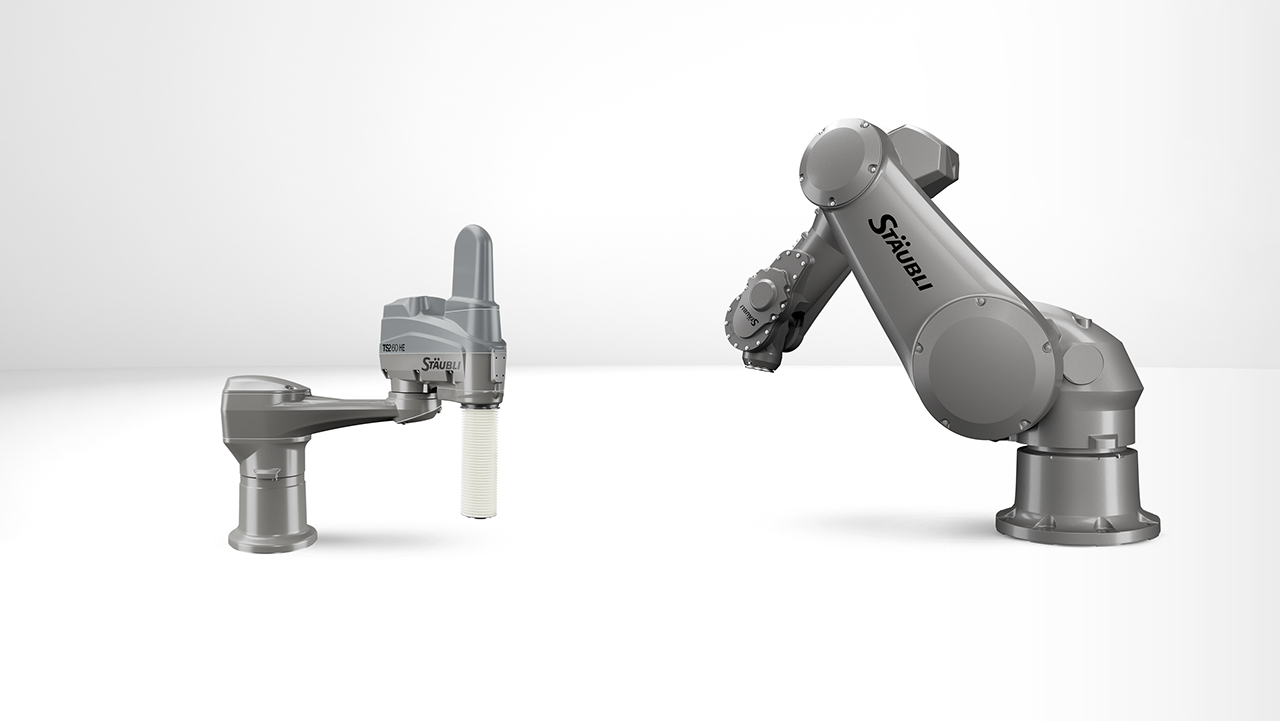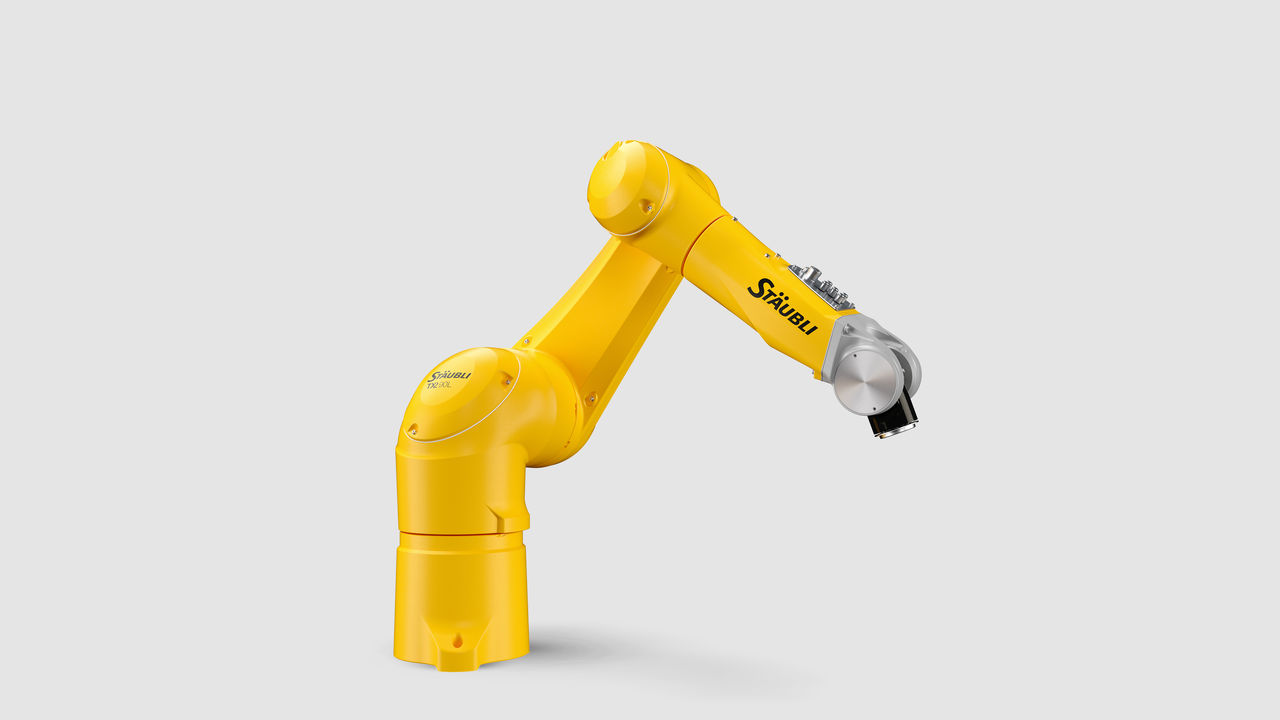- Europe
- Americas
- Asia and Middle East
- Africa and Oceania
SUCCESS STORY
How hundreds of foils and sheets build one stack
When hundreds of sensitive foils and coated sheets form one stack, a fuel cell is produced. A Chinese manufacturer has, for the first time, succeeded in establishing a fully automated process for membrane electrode assembly (MEA). In the main process steps, Stäubli robots are integral.
CUSTOMER BENEFITS
- High speed of production
- 100% automation in acidic environments
- Reduced production costs
- Minimum breakage rate of costly components
- “Industry first": Global benchmark for automated fuel cell production
TASK
Automated production of fuel cells with robots
In Cixi, China, the Palcan Group has established, for the first time, a fully automated production line for fuel cells. In it, Stäubli robots boost productivity by handling sensitive components in an acidic environment.
With impressive momentum, the Palcan Group is advancing the mass production of fuel cells as a mobile and stationary source of energy. The core components like stacks, bipolar plates and reformers are produced in-house. The company commissioned a renowned automation specialist with the planning and construction of a highly automated production line for a key process: membrane electrode assembly (MEA) for methanol reforming fuel cells (MRFC).
SOLUTION
Stacking and grouping under aggressive environmental conditions
Mass production of these components is a real challenge because each stack is assembled from a large quantity of very thin and costly materials with sensitive surfaces. In the stacking process, Stäubli robots play the major roles. First, a Stäubli six-axis TX2-90 robot transports freshly cut and coated carbon sheets to the position required for assembly.
Another component of the stacks, PBI (polybenzimidazole) films, must be soaked in a strong acidic environment (pH >2) without any corrosion or damage to the handling equipment. Here, a Stäubli SCARA robot, a TS2-80 in HE specification, is used to handle the films. “HE” means that the robot is able to operate in a humid and even more corrosive acidic environment.
When sheets and foils are stacked, a second six-axis TX2-90 moves the stacked MEA into a laser cutting machine with high dynamics. In the following process of stack assembly, two Stäubli TS2-80 robots with a rated payload of 2.4 kg each handle the stacks. During this process, the speed of the arm reaches a cycle time of just 0.8 seconds with accuracy of +/+ 0.01 mm.
- Teaser
CUSTOMER USAGE
A real first
The result: Thanks to this combination of speed and precision, Palcan is able to assemble a complete fuel cell stack within one hour. Considering the high number of components, this is extremely fast.
Within a short time, Palcan´s factory in Cixi has become a benchmark for fuel cell production – as the first factory with fully automated production lines for membrane electrodes as well as high temperature fuel cells.
Yu Yiwen, Brand and Supply Chain Director of the Palcan Group: “The Stäubli robots ensure operation accuracy and stability – at high speed and in a heavily acidic environment. They greatly reduce breakage rates and lower production costs. Furthermore, during this first collaboration, the Stäubli team gave us many professional suggestions and solutions. In the future, there will definitely be a broader space for collaboration.”

